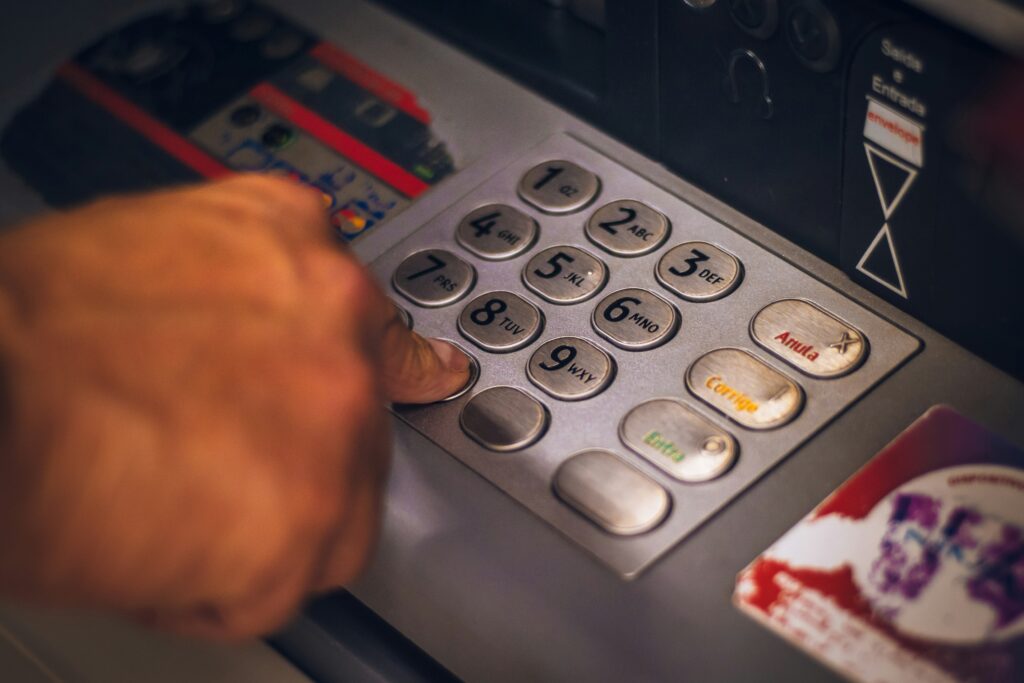
It’s a phone call no family ever wants to receive. My 90-year-old father, an intelligent and independent man, was recently scammed out of $40,000 in his savings account by a sophisticated group of fraudsters. They preyed on his trust, his kindness, and his lack of digital awareness, exploiting the fact that he simply needed help setting up his new printer.
Unfortunately, this type of scam is becoming increasingly common, especially among seniors who may not be as tech-savvy. I’m sharing our story to warn others and help protect seniors from scammers and from falling victim to these cruel schemes.
How It All Started
My father recently purchased a new printer but had trouble connecting it to his computer. Naturally, he called the manufacturer for assistance. After troubleshooting, the manufacturer told him the issue wasn’t with the printer—it was likely a problem with his Microsoft operating system.
So, my father did what many people would do: he Googled a phone number for Microsoft support.
What he didn’t realize was that the number he found wasn’t for Microsoft at all—it was a fake number set up by scammers.
The Scam Begins
When my father called the number, the scammer built rapport with him quickly, talking like an old friend. They gained his trust before claiming they needed to transfer him to HP support.
This should have been the first red flag—Microsoft and HP are completely separate companies and wouldn’t transfer calls between each other. But my father, being unfamiliar with how these systems work, didn’t question it.
The scammers then convinced him to download a program that allowed them remote access to his computer. Once they had access, they told him he was due for a $200 refund on his Windows 11 account.
(Another red flag—Windows accounts are free, but my father didn’t realize this.)
The scammers then logged into his bank account, retrieved his banking information, and told him to expect the refund in a few minutes.

The Fake “Overpayment” Trick
Shortly after, the scammers called back in a panic, claiming a “terrible mistake” had happened. Instead of refunding $200, they accidentally deposited $20,000 into his account.
My father checked his bank account and saw $20,000 sitting there.
What he didn’t realize was that the scammers had simply transferred his own money from his savings account into his checking account—it was never their money to begin with.
Believing he needed to return the money, my father went to the bank, withdrew $19,800, and deposited it into an ATM, as instructed.
Then the scammers called again.
They said, “You won’t believe this, but we accidentally did it twice. We need another $20,000 sent back.”
Again, my father checked his account and saw the money. Again, he went to the bank, withdrew the cash, and deposited it into the scammer’s account.
By the time he got home and reviewed his accounts in full, he realized the scammers had never deposited any money at all. They had only moved his own money between his accounts, tricking him into thinking they had made an overpayment.
In total, he had willingly withdrawn and sent $40,000 of his own savings to criminals.

No Financial Recourse
Because my father willingly withdrew the cash and deposited it into their account, the bank cannot recover the money. Once cash is deposited into a scammer’s account, it’s nearly impossible to trace or retrieve.
Now, we’re left cleaning up the mess:
- Closing all existing bank accounts and opening new ones
- Changing all passwords and securing accounts
- Replacing credit cards
- Taking his computer and phone to be checked for malware
- Setting up Two-Factor Authentication (2FA) on all accounts
But most importantly, we are making sure he—and other seniors—know how to avoid these scams in the future.
How to Protect Your Senior Parents from Scammers
If you have aging parents or loved ones, please share these essential tips with them:
1. Never Give Remote Access to Anyone Over the Phone
Legitimate companies will not ask to log into your computer remotely unless you initiated a secure support request through their official website.
2. Never Search for Customer Support Numbers on Google
Scammers can fake phone numbers and make them look like real support lines. Always go directly to the official company website for contact information.
3. Banks Do Not Accidentally Deposit Large Sums of Money
If someone calls claiming they sent too much money, call the bank directly before doing anything. In most cases, this is a scam.
4. Enable Two-Factor Authentication (2FA) on All Financial Accounts
This adds an extra layer of security, making it harder for scammers to gain access to accounts.
5. Be Aware That Scammers Can Fake Caller IDs and Emails
They can make calls appear as if they are from legitimate companies. If you’re unsure, hang up and call the company directly using a verified number.
6. Never Withdraw or Wire Money Based on a Phone Call
Legitimate companies do not request cash withdrawals or wire transfers to fix “accidental deposits.” If anyone asks for this, it’s a scam.
Scammers Are Getting Smarter—We Need to Get Smarter Too
Scammers today use sophisticated tactics, including AI-generated voices, fake websites, and caller ID spoofing to trick people.
If you have elderly parents or relatives, please talk to them about online and phone scams. Educating them now could save them thousands of dollars and untold stress.
Please share this story with others so we can protect seniors from scammers. And as always, if you need to look into cyber protections for you and your family or business, don’t hesitate to give us a call at 770-424-6762 or visit us at www.dickersonagency.com.
